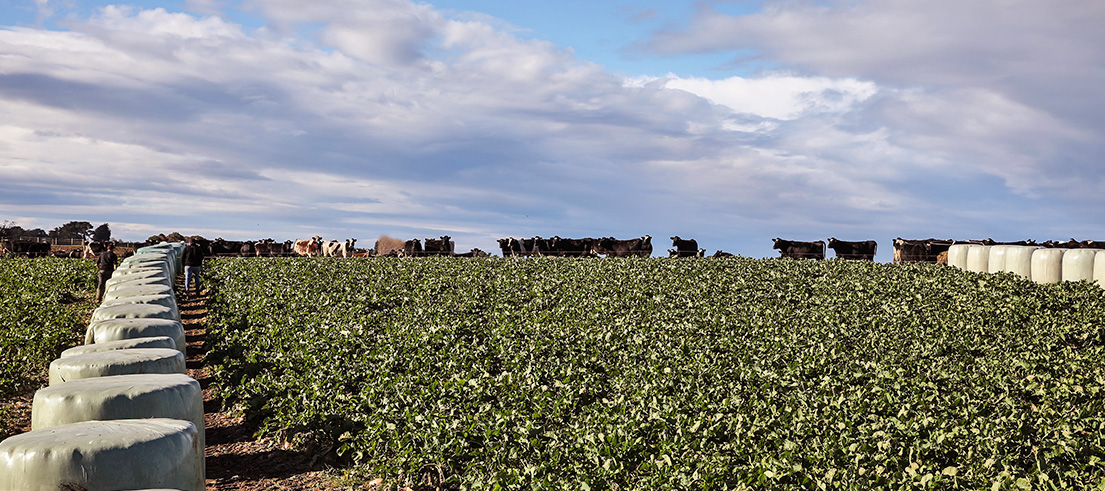
New winter grazing guidelines supporting best practice
Measuring the adequacy of winter crop grazing management will be more straightforward thanks to new guidelines for Farm Environment Plan auditors.
Our new report, Winter forage crop grazing and wet weather management - guidelines for FEP auditors (PDF File, 1.38MB) gives greater clarity on how to assess the robustness of measures implemented on farm, to minimise the environmental impacts of intensive winter crop grazing.
Senior Service Manager Nick Daniels said the guidelines are an important step towards better managing the impact of winter grazing on water quality, soil health and mahinga kai values.
“We know that winter is a demanding time for farmers but that is why having a plan for grazing in bad weather is even more important. The new guidelines, which have been put together in conjunction with industry, including DairyNZ, Beef+Lamb NZ, Deer NZ and Foundation for Arable Research, lay out our expectations for farmers to understand the risks and make plans to mitigate these.”
Including winter grazing in your FEP
All farms that require a land-use consent to farm need to prepare and implement an FEP which is regularly audited to manage environmental risks. As part of their FEP, farmers need to plan how they are carrying out intensive winter grazing to ensure they can meet requirements throughout the season.
“Having the new shared guidelines, with plenty of examples and practical solutions for auditors to work through with the farmers, will improve consistency across Canterbury and also highlight the benefits of having a winter grazing plan in your FEP,” Daniels said.
Aims of the new audit guidelines
The new guidance has been developed for FEP auditors when auditing the practice of intensive winter grazing with sheep, cattle or deer on forage crops. It is aimed to give FEP auditors the necessary guidance to assess their level of confidence that farmers are meeting environmental targets for winter grazing. These targets include evidence of planning and mitigations to reduce potential nutrient and sediment run-off from paddocks into waterways.
Key sections in the guidelines include expectations on planning throughout the farming calendar year for:
- paddock selection (winter/early spring)
- block set-up (early summer/pre-grazing)
- crop grazing (April to August)
- post-grazing management (August to October and beyond).
Workshops with farm auditors have been held but you can get in touch if you’d like to find out more.
Winter grazing rules
The new guidance is part of our overall approach to improve winter grazing practices.
Our rules require Good Management Practice on winter grazing to be implemented on all farms, including having vegetative buffers between any winter grazing and waterways. Buffers around critical source areas, as well as paddock selection, strategic grazing, and post-grazing paddock management all need to be carefully considered and planned for.
The Land and Water Regional Plan puts limits around discharges of sediment and contaminants to waterways, strict restrictions on stock access to rivers, lakes, wetlands and drains, and contains consent to farm requirements regulating winter grazing.
Find out more
For more information on managing winter grazing visit www.ecan.govt.nz/winter-grazing, or get in touch with Customer Services and ask to talk to one of our Land Management Advisors.
Photo credit: DairyNZ
